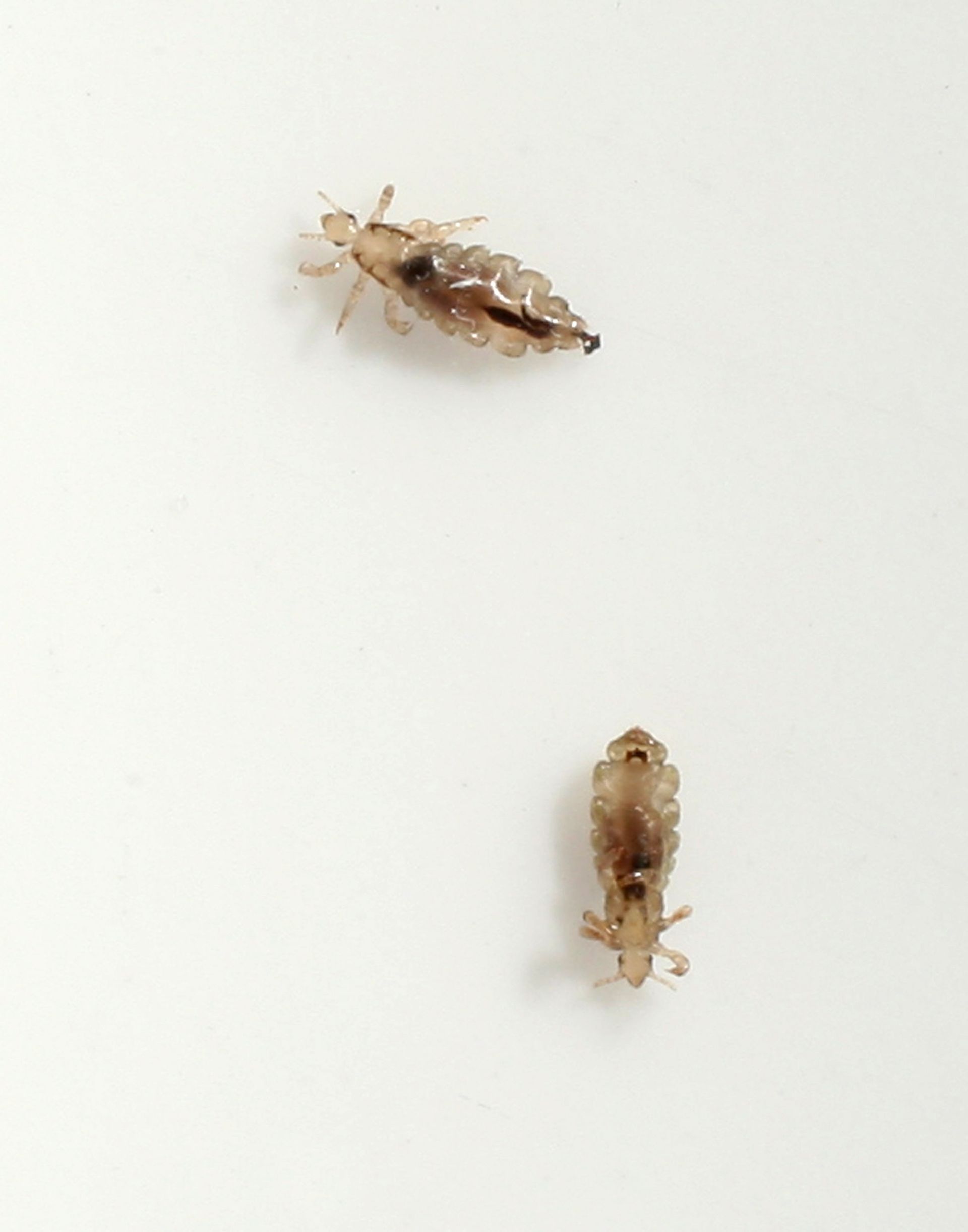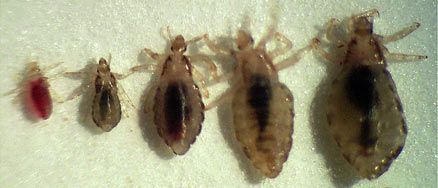The Fascinating World of Head Lice: Exploring Cultural Practices

Head lice have plagued humanity for centuries, even dating back to the revered era of ancient Egypt. Unbelievably, traces of lice were discovered on the very head of an Egyptian mummy, demonstrating the enduring battle against these pesky critters. In the times when hair held extraordinary cultural significance, the Egyptians valiantly fought against this epidemic. Remarkably, a 7,000-year-old tomb yielded lice combs, confirming their early attempts at combating the infestation. Yet, as the relentless lice persisted, the upper echelons of Egyptian society devised ingenious solutions. The Pharaohs and Queens, always enamored with their luxurious locks, sought refuge in the elegance of haircuts and exquisite wigs. Inspired by their regal example, the commoners, too, followed suit and shaved their heads, desperate to escape the clutches of these unwelcome guests. It is truly remarkable how the centuries-old conundrum of head lice continues to haunt us, yet it is equally uplifting to know that ancient wisdom still guides us towards solutions.
In Indian culture, a woman's hair holds immense significance in the societal fabric. The presence of lice not only causes distress but also jeopardizes social standing. However, unlike popular belief, the approach to dealing with lice is quite similar to that of our American counterparts. We rely on tried-and-tested methods like combing and specialized products. Surprisingly, even children and some women embrace shaved heads akin to those in ancient Egyptian culture. Yet, for women in Indian society, this can potentially impact their social status adversely. In fact, it can even influence a father's decision when it comes to his daughter's marriage prospects. In certain instances, she might be offered to a temple deity as a gesture of gratitude. Interestingly, this phenomenon is more prevalent among boys than girls. While the Indian culture may treat lice in a manner similar to ours, the ways in which we deal with this issue differ significantly.
s common myth prevails that Africans or people of African descent are immune to lice infestations. However, scientific evidence and exploration have unequivocally debunked this misconception. Shockingly, an African American woman who traveled to Africa discovered lice specimens that were larger than the ones found in America. Extensive research reveals interbreeding among African lice, resulting in fascinating variations. A Senegalese head louse appeared pitch black, akin to a body louse from Rwanda, while a South Ethiopian head louse possessed a haunting grey hue, reminiscent of a French body louse. Socially, the manual removal process is similar to the one used in America, although the less fortunate often resort to painstakingly plucking lice by hand instead of using a comb.
Head lice are a common issue faced by people worldwide, with each culture adopting unique approaches and facing distinct social consequences. However, no culture is impervious to the experience of dealing with these microscopic creatures. As we navigate different cultures, it becomes our collective responsibility to find effective solutions to help our communities eradicate these pesky bugs. Although lice may persist, we can prevent them from clinging onto us indefinitely. We may be diverse individuals, but we are united in this common struggle.


